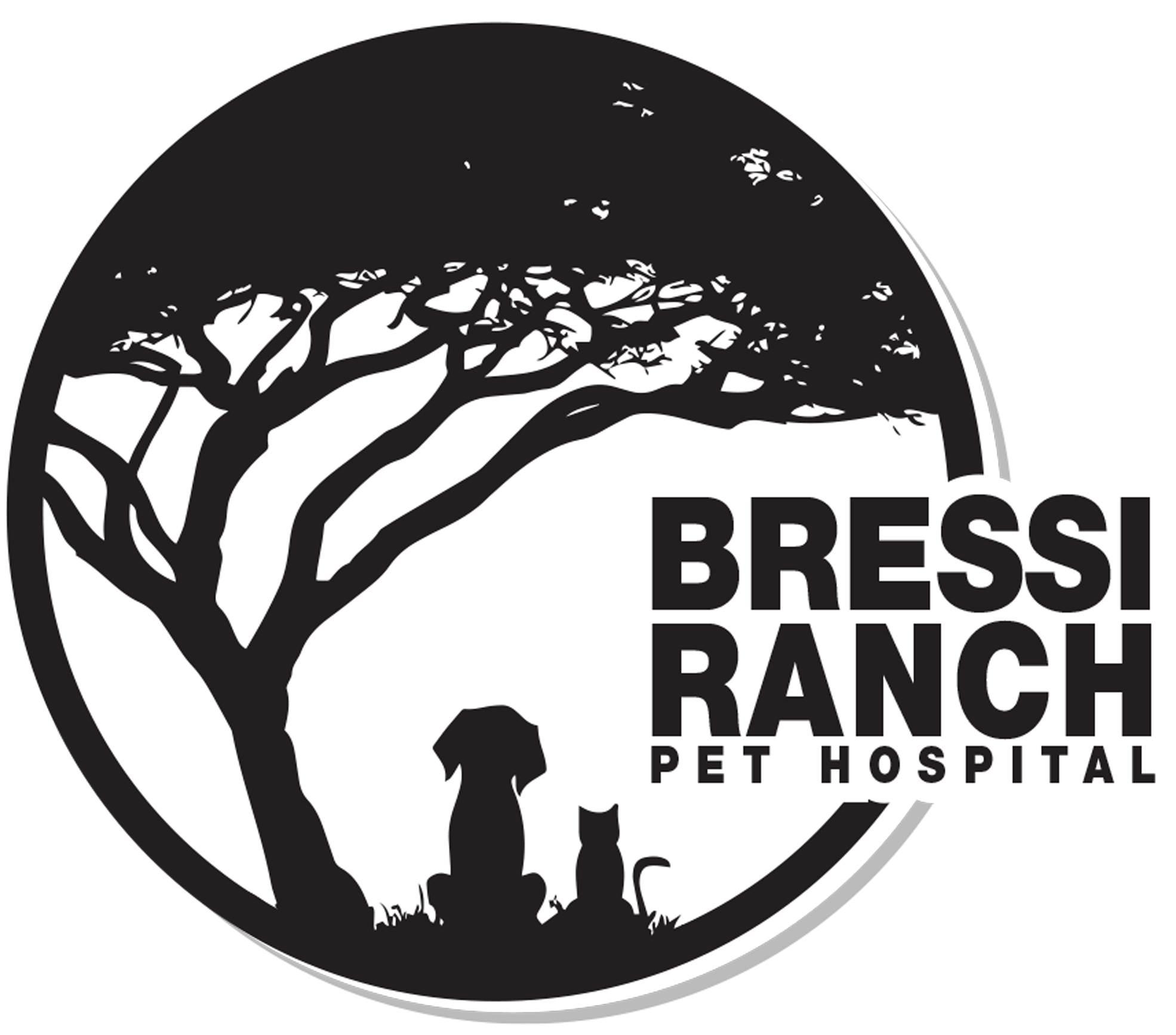Library
-
Wellness Testing for Cats
Las pruebas que valoran el estado de salud son pruebas destinadas específicamente a detectar signos de enfermedades subclínicas de forma precoz en gatos que están aparentemente sanos.
-
Wellness Testing for Dogs
Las pruebas que valoran el estado de salud son pruebas destinadas específicamente a detectar signos de enfermedades subclínicas de forma precoz en gatos que están aparentemente sanos.
-
Flea Control in Cats
La pulga más común en el gato y en el perro es la pulga del gato (Ctenocephalides felis), aunque en los gatos también podemos encontrar otro tipo de pulgas como las pulgas de los conejos, ardillas y otro tipo de fauna salvaje.
-
Flea Control in Dogs
Las pulgas no tienen un hospedador específico. Los gatos y los perros comparten las mismas pulgas y por eso es importante que todas las mascotas de la casa se traten con la medicación adecuada. El tratamiento de los animales es relativamente simple, ya que sólo se ha de eliminar a la pulga adulta.
-
A Coombs’ test is used to test for a disease called autoimmune hemolytic anemia (IMHA). IMHA is a condition where the immune system breaks down or destroys red blood cells, leading to anemia. The test detects the presence of immunoglobulins (antibodies) on the surface of red blood cells. Taken together, the physical findings and the laboratory data (such as a Coombs’ test) may suggest that immune-mediated destruction of red blood cells is the most likely cause of your pet's anemia.
-
Coonhound paralysis is a sudden inflammation of multiple nerve roots and peripheral nerves in dogs, and occasionally cats. It can be caused by an immune reaction to raccoon saliva. It can also occur in dogs who have not encountered a raccoon. In this case, it is called acute idiopathic polyradiculoneuritis, and its cause is often unknown. Dogs with coonhound paralysis start out with a stiff-legged gait that rapidly progresses to paralysis of all four legs. Good nursing care is essential for recovery.
-
Corkscrew tail, also known as screw tail or ingrown tail, is a vertebral malformation that commonly occurs in certain dog breeds. Corkscrew tail is commonly observed in English Bulldogs, Pugs, Boston Terriers, and French Bulldogs, although it may also occur in other breeds. Corkscrew tail is an inherited condition. There is nothing that you can do to prevent your dog from developing corkscrew tail, but there are measures breeders can take to reduce the incidence of corkscrew tail in their litters.
-
Corneal dystrophy is a term used to describe several conditions that occur in dogs and cause the corneas to become opaque. There are three major categories of corneal dystrophy: epithelial, stromal, and endothelial. Each is named by the anatomic location of the abnormal tissue and opacity.
-
Corneal lipidosis is an accumulation of fatty substances within the cornea. This is caused by genetics (corneal dystrophy), eye inflammation (corneal degeneration), or by an increase in circulating lipids in the body (hyperlipidemia). Visually, lipidosis appears as a sparkly or shiny area of the cornea. It is diagnosed by a thorough eye exam, bloodwork, and patient history. Treatment and prognosis will depend on the cause and may include treatment of underlying inflammatory conditions of the eye, or systemic treatment of elevated lipid blood levels.
-
Ulcerative keratitis is inflammation in the cornea of the eye. The signs of ulcerative keratitis depend somewhat on the cause and how long the condition has been present. There are many potential causes of ulcerative keratitis, including trauma, infection, and abnormal tear production. Antibiotic ointment or drops will be prescribed and it is important to prevent additional trauma to the cornea. Superficial corneal ulcers typically heal within 5 to 7 days. Deeper or more complicated ulcers may take several weeks to heal and may require surgery in addition to medical treatment.
